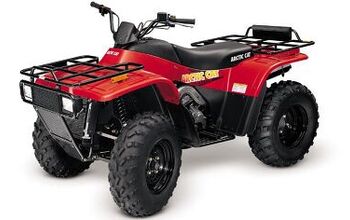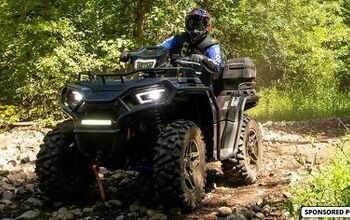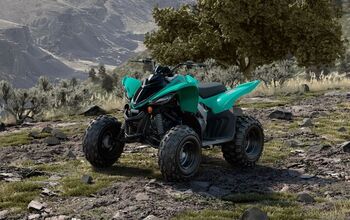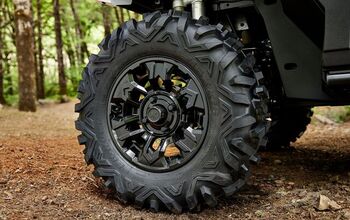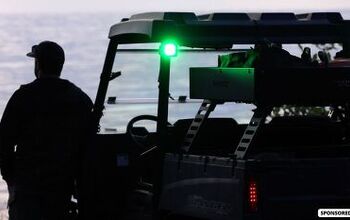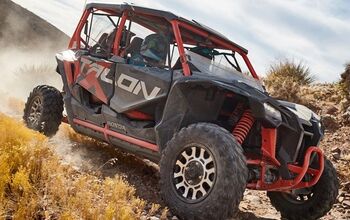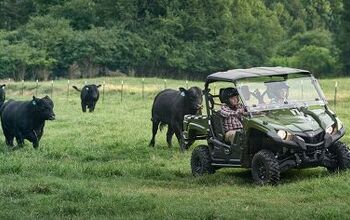What Is the UTV Lateral Stability Rating?
A little while back one of our readers asked us about a new lateral stability rating he saw on some UTVs at his local dealership called Tilt Table Test results. This was the first we’ve heard of this, so we contacted two different manufacturers and they put us in touch with a representative from the Recreational Off-Highway Vehicle Association. Here’s what we’ve learned:
The UTV Tilt Table Test is information the UTV manufacturers now have to display via a 4″ x 6″ hang tag on all Side-by-Side vehicles, thanks to an edict by the Consumer Product Safety Commission (CPSC). The CPSC is the helicopter parent of the off-road world and the proverbial rock in the shoe of most every ATV and UTV manufacturer.
This is an example of a hang tag UTV manufacturers have to attach to vehicles going forward.
The CPSC has had UTVs in its crosshairs for long time now and a few years back it was looking to force manufacturers to create and display stability ratings for Side-by-Side vehicles. This wish was granted and the new hang tags are the result. You can learn more about the requirements here.
UTV manufacturers are required to perform a number of stability tests, but only one of them has to be displayed on the new hang tag – the lateral stability rating. In testing, each vehicle has to be loaded with 430 pounds of weight to simulate a driver and passenger. The UTV is placed on a tilt table, which then begins to tilt laterally while the machine is static. The number on the hang tag is the measured degree before two-wheel lift occurs. Every UTV must meet at least 33 degrees of lateral tilt before two-wheel lift.
By all accounts, the intent of the CPSC was to provide consumers with a guide to rank the stability of UTVs against each other. Of course, since we don’t know anybody who parks their UTV on a steep slope and just sits there, we’re not sure how useful this information will actually be. We’ve been in a few hairy situations in a UTV (all of which were very much our own fault), but none of them happened while we were sitting still.
UTVs are meant to be driven and different terrain and driving styles make dynamic stability testing basically impossible. This is unfortunate, since dynamic stability testing, in our minds, is the only possibly relevant metric. We are sure the CPSC knows this, but since it has a bee in its bonnet regarding UTVs, we end up with a stability rating that doesn’t seem terribly useful.
I have been working exclusively in digital media since 1997. I started out with TSN.ca, spending nearly nine years creating and editing content on Canada's leading sports website. I left to join VerticalScope, Inc., one of the world's largest online publishers, to start a number of powersports publications. While at VerticalScope, I've helped create and oversee content for a wide variety of different publications, including ATV.com, Off-Road.com, ArcheryTalk.com, Tractor.com, RVGuide.com, and many more.
More by Lucas Cooney



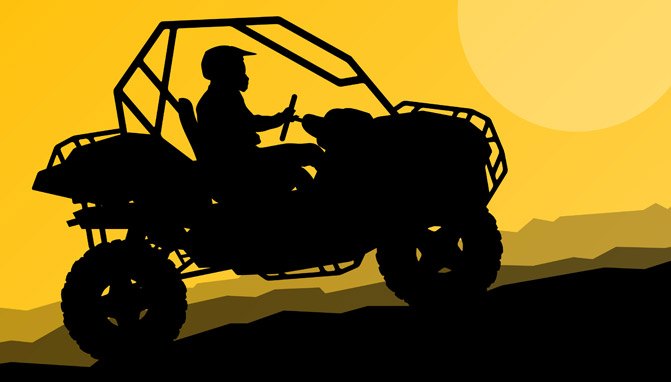









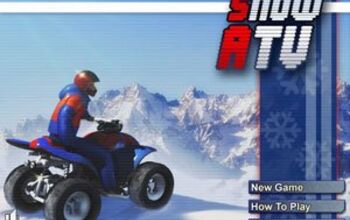

![MIT Student Develops Off-Road Wheelchair [video]](https://cdn-fastly.atv.com/media/2022/10/24/8744100/mit-student-develops-off-road-wheelchair-video.jpg?size=350x220)

